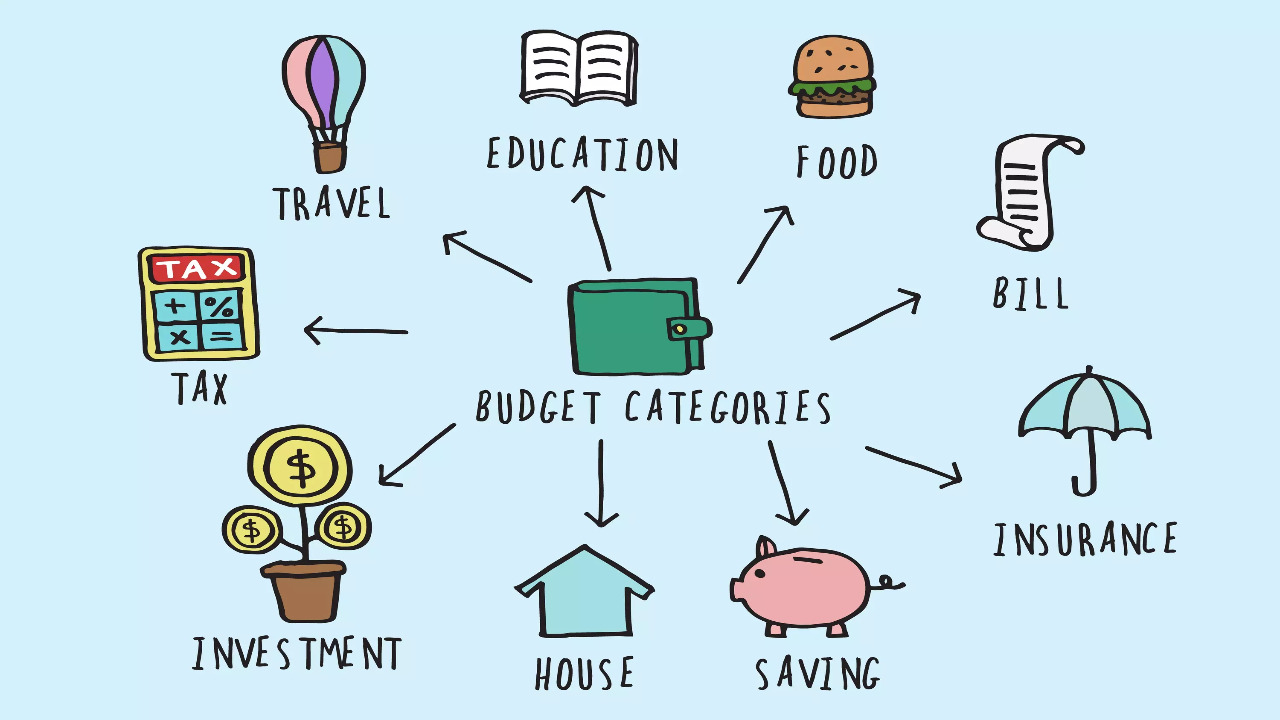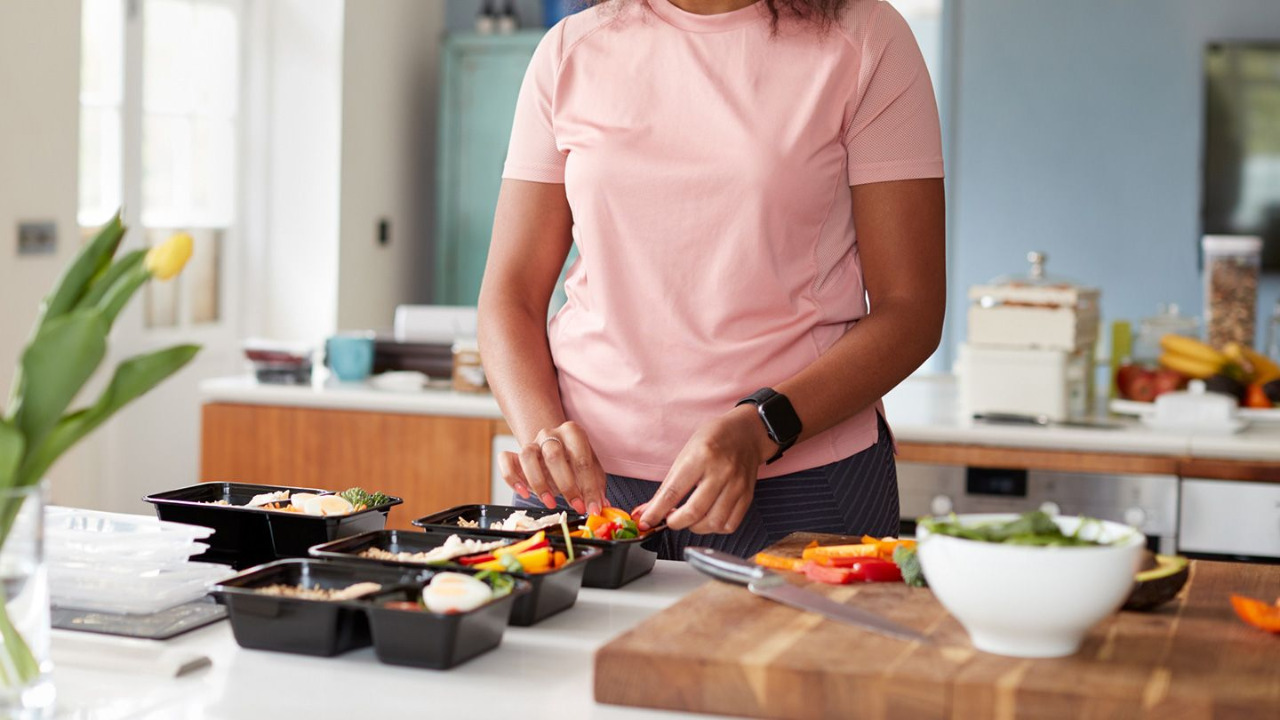In a world where consumerism and materialism often dominate our lives, embracing frugal living can be a powerful and liberating choice. Frugal living is not about depriving oneself or sacrificing happiness; rather, it is a mindful approach to managing your finances and maximizing your savings. By adopting the art of frugal living, you can create a fulfilling and prosperous life while still enjoying the things that matter most to you.
Understanding Frugal Living

Frugal living is the art of being resourceful, making conscious choices, and prioritizing what truly matters. It involves adopting a minimalist mindset, avoiding unnecessary expenses, and finding joy in simplicity. Frugal living is not about being cheap or stingy; instead, it focuses on value and purpose. Pay attention that you can create pay stubs for New York here and manage your finances more effectively.
Assessing Your Expenses
To embark on a frugal living journey, the first step is to assess your expenses. Take a close look at your monthly budget and identify areas where you can make cuts or find more cost-effective alternatives. Evaluate your spending patterns and distinguish between needs and wants. This assessment will help you identify areas of potential savings.
Budgeting
Creating and sticking to a budget is an essential aspect of frugal living. A budget allows you to allocate your income strategically, ensuring that you spend wisely and save diligently. Start by tracking your expenses and categorizing them into essential and discretionary items. Set realistic financial goals, prioritize savings, and find ways to reduce costs in different categories.
Embracing Minimalism

Frugal living and minimalism go hand in hand. Embracing minimalism means decluttering your life, letting go of unnecessary possessions, and focusing on what truly adds value. By reducing the amount of stuff you own, you not only save money but also create a more organized and peaceful living space.
Smart Shopping
Frugal living doesn’t mean never spending money; it means spending wisely. When it comes to shopping, adopt a mindful and strategic approach. Before making a purchase, research prices, compare options, and look for discounts or coupons. Consider buying used or secondhand items, and prioritize quality over quantity.
Meal Planning and Cooking at Home

One area where frugal living can have a significant impact is food expenses. Plan your meals in advance, create a shopping list, and stick to it when grocery shopping. Cooking at home not only saves money but also allows you to make healthier choices and develop valuable culinary skills.
Embracing DIY
Frugal living encourages you to develop a do-it-yourself mentality. Instead of hiring professionals or purchasing ready-made products, explore the possibility of tackling tasks on your own. Learn basic home repairs, gardening, or sewing skills. DIY projects not only save money but also provide a sense of accomplishment and self-sufficiency.
Finding Free or Low-Cost Entertainment

Frugal living doesn’t mean cutting out all forms of entertainment; it means seeking affordable or free alternatives. Explore community events, local parks, museums with free admission days, and public libraries. Engage in hobbies and activities that bring you joy without draining your wallet.
Cultivating Mindfulness and Gratitude
A key aspect of frugal living is cultivating mindfulness and gratitude. Be present at the moment, appreciate the simple pleasures, and practice gratitude for what you have. By focusing on gratitude, you’ll develop a positive mindset and find contentment in the small things, reducing the desire for unnecessary spending.
In a world where consumerism and materialism often dominate our lives, embracing frugal living can be a powerful and liberating choice. Frugal living is not about depriving oneself or sacrificing happiness; rather, it is a mindful approach to managing your finances and maximizing your savings. By adopting the art of frugal living, you can create a fulfilling and prosperous life while still enjoying the things that matter most to you.
Understanding Frugal Living
Frugal living is the art of being resourceful, making conscious choices, and prioritizing what truly matters. It involves adopting a minimalist mindset, avoiding unnecessary expenses, and finding joy in simplicity. Frugal living is not about being cheap or stingy; instead, it focuses on value and purpose. Pay attention that you can create pay stubs for New York here and manage your finances more effectively.
Assessing Your Expenses
To embark on a frugal living journey, the first step is to assess your expenses. Take a close look at your monthly budget and identify areas where you can make cuts or find more cost-effective alternatives. Evaluate your spending patterns and distinguish between needs and wants. This assessment will help you identify areas of potential savings.
Budgeting
Creating and sticking to a budget is an essential aspect of frugal living. A budget allows you to allocate your income strategically, ensuring that you spend wisely and save diligently. Start by tracking your expenses and categorizing them into essential and discretionary items. Set realistic financial goals, prioritize savings, and find ways to reduce costs in different categories.
Embracing Minimalism
Frugal living and minimalism go hand in hand. Embracing minimalism means decluttering your life, letting go of unnecessary possessions, and focusing on what truly adds value. By reducing the amount of stuff you own, you not only save money but also create a more organized and peaceful living space.
Smart Shopping
Frugal living doesn’t mean never spending money; it means spending wisely. When it comes to shopping, adopt a mindful and strategic approach. Before making a purchase, research prices, compare options, and look for discounts or coupons. Consider buying used or secondhand items, and prioritize quality over quantity.
Meal Planning and Cooking at Home
One area where frugal living can have a significant impact is food expenses. Plan your meals in advance, create a shopping list, and stick to it when grocery shopping. Cooking at home not only saves money but also allows you to make healthier choices and develop valuable culinary skills.
Embracing DIY
Frugal living encourages you to develop a do-it-yourself mentality. Instead of hiring professionals or purchasing ready-made products, explore the possibility of tackling tasks on your own. Learn basic home repairs, gardening, or sewing skills. DIY projects not only save money but also provide a sense of accomplishment and self-sufficiency.
Finding Free or Low-Cost Entertainment
Frugal living doesn’t mean cutting out all forms of entertainment; it means seeking affordable or free alternatives. Explore community events, local parks, museums with free admission days, and public libraries. Engage in hobbies and activities that bring you joy without draining your wallet.
Cultivating Mindfulness and Gratitude
A key aspect of frugal living is cultivating mindfulness and gratitude. Be present at the moment, appreciate the simple pleasures, and practice gratitude for what you have. By focusing on gratitude, you’ll develop a positive mindset and find contentment in the small things, reducing the desire for unnecessary spending.